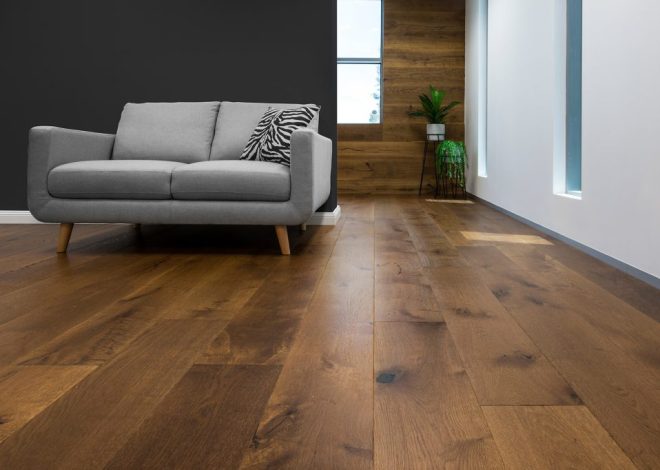Eco-Friendly Bed Linen: Sustainable Choices for a Greener Home
As awareness of environmental issues grows, many people are seeking eco-friendly alternatives for their homes, including bed linen. Choosing sustainable bed linen is an excellent way to reduce your carbon footprint while enjoying high-quality, comfortable bedding. This article explores the best eco-friendly bed linen options and provides tips for creating a greener home.
The Importance of Sustainable Bed Linen
Conventional bed linen production can have significant environmental impacts, including high water usage, pesticide application, and chemical treatments. Eco-friendly bed linen, on the other hand, is made using sustainable practices that minimize these impacts, promoting a healthier planet.
Organic Cotton Bed Linen
Organic cotton is a popular choice for eco-friendly bed linen. Grown without synthetic pesticides or fertilizers, organic cotton supports healthier ecosystems and reduces the risk of water contamination.
Benefits of Organic Cotton
Organic cotton linen bedding sets is soft, breathable, and hypoallergenic, making it ideal for sensitive skin. It also uses less water than conventional cotton, contributing to water conservation efforts.
Certifications to Look For
When shopping for organic cotton bed linen, look for certifications such as GOTS (Global Organic Textile Standard) and OEKO-TEX Standard 100. These certifications ensure that the bed linen is made from organic fibers and free from harmful chemicals.
Linen Bedding: A Sustainable Choice
Linen bedding, made from the flax plant, is another excellent eco-friendly option. Flax requires minimal water and pesticides to grow, making linen one of the most sustainable fabrics available.
Advantages of Linen Bedding
Linen is incredibly durable and can last for decades with proper care. It is also highly breathable and moisture-wicking, providing comfort in both hot and cold climates. Linen’s natural texture and aesthetic appeal make it a stylish choice for any bedroom.
Sustainable Bamboo Bed Linen
Bamboo is a fast-growing, renewable resource that is increasingly used for eco-friendly bed linen. Bamboo bedding is soft, hypoallergenic, and biodegradable, offering a comfortable and sustainable alternative.
Eco-Friendly Benefits of Bamboo
Bamboo requires less water and fewer pesticides than cotton, making it a more sustainable crop. Bamboo bed linen is also naturally antibacterial and moisture-wicking, promoting a healthy sleep environment.
Hemp Bed Linen
Hemp is another sustainable material gaining popularity for bed linen. It grows quickly, requires little water, and is resistant to pests, reducing the need for chemical treatments.
Durability and Comfort
Hemp bed linen is highly durable and becomes softer with each wash. Its natural resistance to mold and mildew makes it a healthy choice for bedding.
Certifications and Labels
When choosing eco-friendly bed linen, look for certifications that verify sustainable practices and materials.
GOTS (Global Organic Textile Standard)
GOTS certification ensures that the bed linen is made from organic fibers and processed sustainably. It covers the entire supply chain, from farming to finished product, ensuring high environmental and social standards.
OEKO-TEX Standard 100
OEKO-TEX Standard 100 certification indicates that the bed linen has been tested for harmful substances and is safe for human use. This certification is particularly important for those with sensitive skin or allergies.
Fair Trade Certified
Fair Trade certification ensures that the bed linen is produced under fair labor conditions. It supports ethical practices and helps improve the livelihoods of farmers and workers.
Tips for Choosing Eco-Friendly Bed Linen
Selecting the right eco-friendly bed linen involves considering various factors such as material, production methods, and certifications.
Research Brands
Researching brands that prioritize sustainability can help you find high-quality eco-friendly bed linen. Look for companies that are transparent about their sourcing and manufacturing practices.
Consider Durability
Durability is an essential factor in sustainability. Choosing bed linen that lasts longer reduces the need for frequent replacements, lowering your overall environmental impact.
Opt for Natural Dyes
Bed linen dyed with natural or low-impact dyes is better for the environment. These dyes are less likely to contain harmful chemicals that can pollute water sources.
Support Local and Ethical Production
Buying bed linen from local or ethically conscious producers can reduce the carbon footprint associated with transportation and support fair labor practices.
Caring for Your Eco-Friendly Bed Linen
Proper care can extend the life of your eco-friendly bed linen, maximizing its sustainability benefits.
Washing
Wash your bed linen in cold or lukewarm water using a gentle, eco-friendly detergent. Avoid bleach and fabric softeners, as they can damage natural fibers and reduce the longevity of your bedding.
Drying
Air drying is the most eco-friendly option, but if you use a dryer, choose a low heat setting. Over-drying can weaken fibers and shorten the lifespan of your bed linen.
Storage
Store your bed linen in a cool, dry place. Avoid plastic storage containers, which can trap moisture and promote mildew. Instead, use breathable fabric storage bags or cotton pillowcases.
Conclusion
Choosing eco-friendly bed linen is a meaningful way to reduce your environmental impact while enjoying the benefits of high-quality, comfortable bedding. By opting for materials like organic cotton, linen, bamboo, and hemp, and supporting brands that prioritize sustainability, you can create a greener home. Proper care and maintenance will ensure your eco-friendly bed linen lasts for years, providing long-term value and comfort. Investing in sustainable bed linen is not only good for the planet but also enhances your overall sleep experience.

